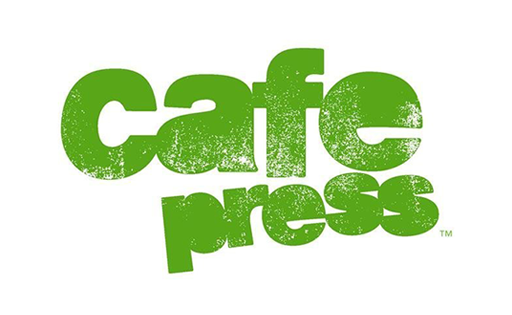Amulet villains have been a recurring theme in myth and culture throughout history. These villains are often associated with the concept of a token of evil spirits, and they are believed to wield immense power through these objects.
In many cultures, amulets are believed to hold magical properties that can either protect or harm the wearer, depending on the intentions of the person who created the amulet. The idea of amulet villains often involves individuals who use these objects for nefarious purposes, such as cursing their enemies or controlling other people's actions.
In ancient Nordic, for example, amulets were considered powerful objects that could protect the wearer from harm. However, some amulets were also associated with evil spirits, such as the amulet of the god Odin, who was known as the god of chaos and violence. Those who wore the amulet of Odin were believed to gain his power, but at a great cost.
In the Middle Ages, amulet villains were often associated with witchcraft and sorcery. Witches were believed to use amulets to control their victims or to summon evil spirits. In some cases, amulet villains were believed to have the ability to transform into animals, such as wolves or crows, to carry out their evil deeds.
Despite the widespread belief in the power of amulets, there is no scientific evidence to support their effectiveness. However, the idea of amulet villains continues to capture the imagination of people around the world, and they remain a popular theme in mythology and popular culture.
In some cultures, amulet villains are also associated with the idea of possession. It is believed that evil spirits can enter a person's body through an amulet, causing them to behave in strange and violent ways. This idea of possession is often depicted in horror movies and literature, where characters become possessed by evil spirits through the use of amulets or other objects.
The concept of amulet villains also highlights the importance of intention and the power of belief. While there is no scientific evidence to support the idea that amulets have magical properties, many people still believe in their effectiveness.
This belief can lead to a self-fulfilling prophecy, where the wearer of an amulet believes they are protected or have gained power, leading them to act in a more confident and assertive manner.
Overall, the idea of amulet villains in myth and culture reflects our fascination with the supernatural and the unknown. They represent the dark side of human nature, the desire for power and control, and the fear of the unknown. While they may seem like a relic of the past, the concept of amulet villains continues to fascinate and intrigue us, and will likely continue to do so for generations to come.
In some cultures, the concept of amulet villains also extends beyond the idea of physical objects. For example, in some African and Caribbean cultures, people believe in the power of "obeah" or "voodoo" magic, which involves the use of spells, curses, and other supernatural practices to control others. In these cultures, the concept of an amulet villain can refer to a person who possesses the knowledge and ability to use these supernatural practices for evil purposes.
In other cultures, the concept of an amulet villain is associated with the idea of fate and destiny. For example, in Greek mythology, the Fates were three goddesses who controlled the destiny of every person. While the Fates themselves were not considered amulet villains, their power over the destiny of others is reminiscent of the idea of an object or person with the ability to control the fate of others.
The idea of amulet villains also highlights the human desire for control and protection. Throughout history, people have used amulets and other objects as a way to protect themselves from harm and to gain power over others. While the effectiveness of these objects may be debatable, the human desire for protection and control remains a powerful force.
In conclusion, the concept of amulet villains in myth and culture reflects our fascination with the supernatural, the unknown, and the desire for power and control.
Whether they are physical objects or supernatural practices, amulet villains represent the dark side of human nature and our fear of the unknown. While their effectiveness may be debatable, their continued presence in mythology and popular culture highlights the enduring appeal of these concepts to people around the world.


























